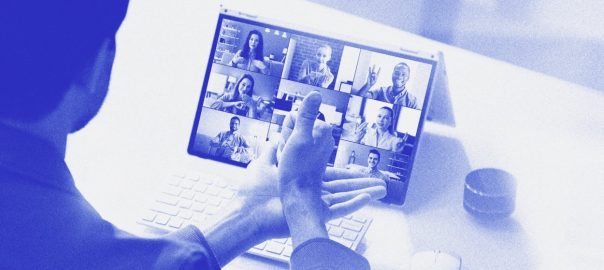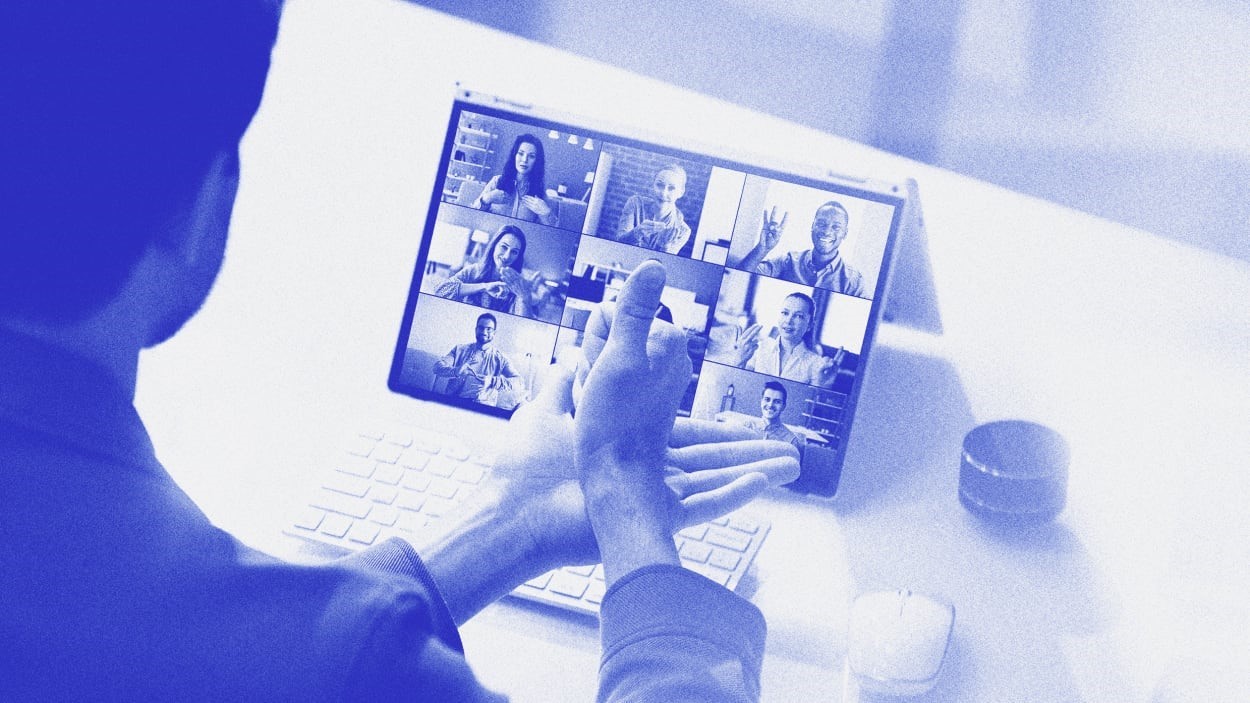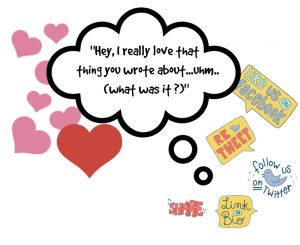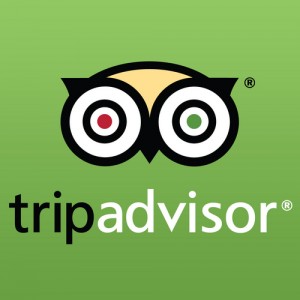By Lance Pickett
Diversity, equity, and inclusion (DEI) initiatives are becoming an increasingly critical priority for businesses. But what’s the motivation? For some, it’s basic due diligence and checking the boxes of regulatory compliance. For others, it’s a numbers game, an opportunity to tout the percentage of women and minorities in leadership roles.
Truly progressive organizations, meanwhile, aim to build a culture of true belonging, where individuals of different backgrounds can effectively collaborate, contribute, and engage with peers, and where businesses benefit from the unique perspectives and experiences of a diverse workforce.
The DEI continuum
It’s helpful to think of DEI as a four-stage continuum comprising:
The differences between these stages can be subtle. Characteristics of accessibility, for example, can include wheelchair ramps and braille markings on elevators, as well as consideration of prestigious school attendance or a top corporation employment history. The next step of inclusion involves actual representation of diversity in educational institutions and businesses. True belonging, finally, comprises a color-, gender-, and capabilities-blind acceptance of differences.
The distinction between inclusion and belonging is particularly nuanced. An inclusive Wall Street bank might hire a Latina, for example, but her opportunities for advancement may be limited if the dominant work culture is constrained by a traditional cliquish boys’ club mentality. In a belonging environment, the Latina’s opinions, ideas, and strategies are assessed on their merit, rather than their source. That those opinions, ideas, and strategies might be informed by a diversity of experience, moreover, is considered a positive rather than a negative.
Where we are today: a Deaf perspective
The ongoing debate around where we as a society stand on the DEI continuum is spirited, to say the least, and I won’t presume to weigh in on that subject. As a Deaf business leader, however, I believe my professional and personal perspective on the Deaf experience is relevant to the broader question of how we can achieve genuine diversity and inclusion for all.
In many respects, there’s never been a better time to be Deaf in America. Expanded opportunities to access functionally equivalent communication are one key indicator of progress. Evolving technology tools allow Deaf and hearing individuals to engage, collaborate, and share ideas on an equal footing.
For example, new services give Deaf people increasingly easy access to American Sign Language (ASL) interpreters—access that has traditionally been severely restricted. In the workplace, scheduling an ASL interpreter has typically required several hours of advanced notice. Today, employees can access an interpreter on demand, allowing Deaf employees to join impromptu meetings with hearing colleagues and participate in watercooler conversations.
The result is a new level of collaboration and engagement between Deaf and hearing individuals. Similarly, customer-facing businesses are providing staff with tools to access ASL interpreters, allowing them to engage with customers and answer questions about products and services and deliver a higher and more equitable standard of service quality to all patrons.
From TTY to ASL
The advancement of technology and communications capabilities for the Deaf has had a significant impact on me personally. I’m old enough to have relied on teletype (TTY) machines to communicate with hearing friends, family, and teachers, as well as with Deaf people who were not physically next to me. The process was not only slow and awkward but communicating in written text meant relying on what, for me as a Deaf person, is a second language.
For people not familiar with Deaf culture, let me explain what I mean by “second language.” People who are born Deaf typically learn to communicate using sign language (either ASL or one of the 300 or so variants used globally) rather than written or spoken words. As such, we communicate most freely through signing, either directly with other Deaf people or through an interpreter with hearing people. For us, using written text can be analogous to an English-speaking hearing person using their high school French to communicate with native French speakers.
The point is expanded access to ASL interpreters has been a game changer in driving equitable and functionally equivalent communication—and subsequently, inclusion and acceptance—for the Deaf community in education, the workplace, and social settings.
Obstacles remain
Despite this progress, obstacles remain. While complying with basic standards around access to captioning and interpreting, many businesses are reluctant to invest in an environment that fosters true inclusion and belonging. Namely, while installing wheelchair ramps in buildings is a onetime expenditure, providing the latest and most advanced language tools to support equitable communication is a recurring expense.
Another issue is the prevalence of economic hardship within Deaf communities, both in the United States and globally. Reaching isolated Deaf communities in Asia, Africa, and Latin America, as well as providing services to Deaf individuals who use obscure sign languages or dialects, poses a particular challenge.
Linguistic equity is essential to enabling equity, inclusion, and acceptance for Deaf individuals. While other traditionally disenfranchised groups face different and often unique obstacles to inclusion, I believe we can all benefit from removing barriers to communication and understanding, however they manifest.
Lance Pickett is chief relationship officer at Sorenson.
(1)







